Advanced technologies such as robotics, 3D printing, artificial intelligence and generative design are changing the way things are designed and made. But does this mean "the machines" are on the brink of taking over? In a word, no.
Machines are going to complement what we do and will liberate workers from repetitive or dangerous tasks. Of course it's true that some jobs are going to go away, but others will be created too. New jobs -- and entire new job categories --are going to emerge in the wake of this technological upheaval, giving people the opportunity to work at jobs that we can't even imagine yet.
So what will the new jobs of this new industrial revolution actually be? Let's take a look:
Robot Trainer
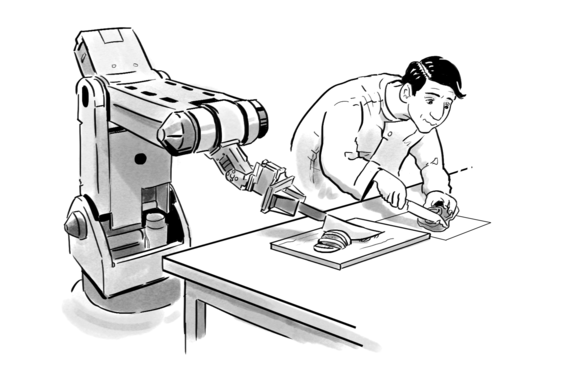
Courtesy of Autodesk, Inc.
As we move to a world where robots take on more varied and nuanced jobs, the need for humans actually rises as human trainers will be needed to demonstrate complex tasks for robots to learn and perform.
For example, the chef who understands flavour combinations and creates an inventive meal is not going away anytime soon, but the laborious job of chopping vegetables may be better handled by trained a robot. It may seem rote to people, but every vegetable presents variations and nuances that robots are only now becoming capable of coping with thanks to machine learning.
Sensor System Integrators
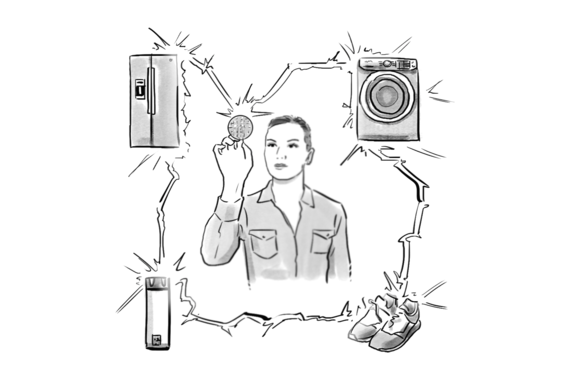
Courtesy of Autodesk, Inc.
As more and more products have sensors, they become part of the exponentially expanding Internet of Things (IoT). But getting all those IoT things to talk to each other is turning out to be a much bigger challenge. It's one thing for your shoes to monitor your exercise or for your refrigerator to re-order eggs when you're low, but the real magic will be when your shoes tell your refrigerator that you've been working out a lot more lately and it should double your order of sports drinks.
That may be a flippant example, but the need for people who can integrate sensored things from setting up sensor networks in commercial buildings to integrating connected products in homes is about to explode.
Generative Designer
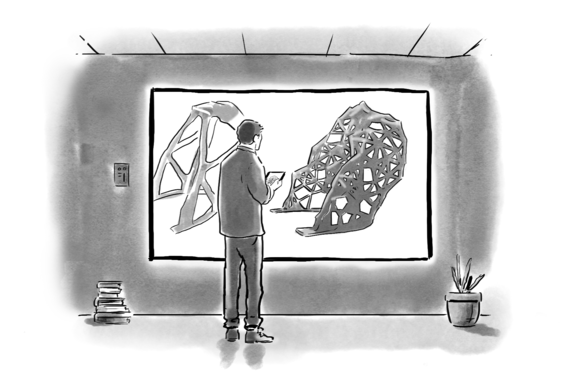
Courtesy of Autodesk, Inc.
Design is a booming profession, and while (algorithmic) design tools will become ever more prevalent and advanced, they won't replace the need for designers.
An emerging class of "generative design" software will provide dozens or even thousands of design options automatically based on certain criteria - weight, strength, cost, size, materials, etc. While human designers will spend less time on the shape and geometry of a product, they will still need to deeply understand the design challenge at hand and determine the right constraints and parameters to arrive at a desired solution.
3D Print Specialist
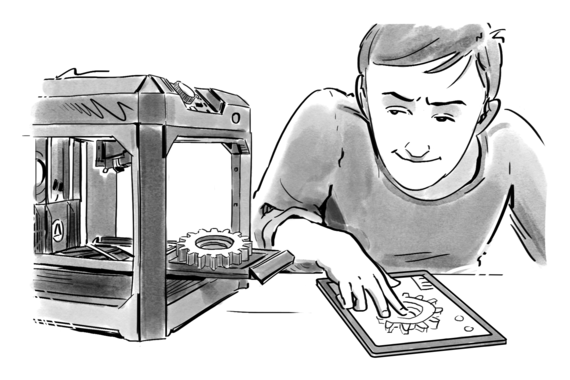
Courtesy of Autodesk, Inc.
3D printers are improving at a breathtaking pace in recent years -- becoming faster, handling thousands of new metals, composites and other materials. As prices come down and software continues improving as well, this type of 'additive manufacturing' will become more and more commonplace.
The world is already facing a shortage of skilled machinists who can operate 'subtractive' manufacturing machines. The US alone is facing a shortfall of 2 million skilled workers over the next decade. The boom in 3D printing will similarly require skilled specialists and add another huge category of employment in the years ahead.
AR/VR Experience Curator

Courtesy of Autodesk, Inc.
If the Pokémon Go craze demonstrates one thing, it's how big augmented reality (AR) and virtual reality (VR) have the potential to be.
Right now, many AR and VR applications are related to gaming and entertainment, but the possibilities for design and engineering are immense as well.
Unlike gaming and movie studios that are already well-versed in 3D content creation, organisations that are new to this territory --architecture firms, manufacturers and schools -- will need to bring on skilled staff to create and curate AR and VR experiences.
Synthetic Biologist
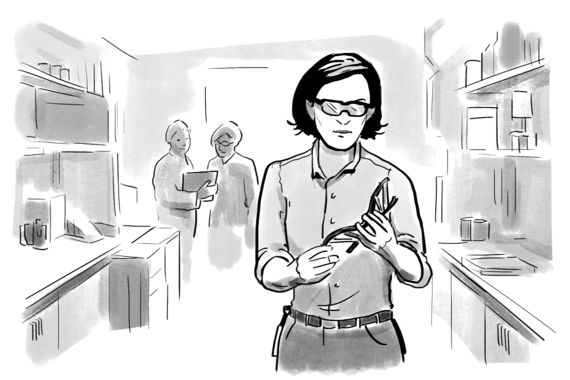
Courtesy of Autodesk, Inc.
This may sound like the domain of heavily credentialed scientists only, but the ability to synthesise DNA is becoming less expensive and easier to accomplish. Synthesising DNA has promising applications in the field of human health, where personalised molecules can be created to fight diseases. However, there are other applications that will emerge in the next decade and beyond, including creating house paint that can change colours, or vegetables with unexpected flavours.
As science advances and software tools simplify the process of molecular-level design, a whole new professional field will be opened up.
Many of the six new jobs described here will require some university or other post-secondary level training, but it's more a matter of recognising these opportunities early on and charting an educational course that will set you up for success.
Far from lamenting how robots and their software equivalents stole our jobs, these technologies will not limit, but give us rewarding new careers we could barely imagine in 2016.